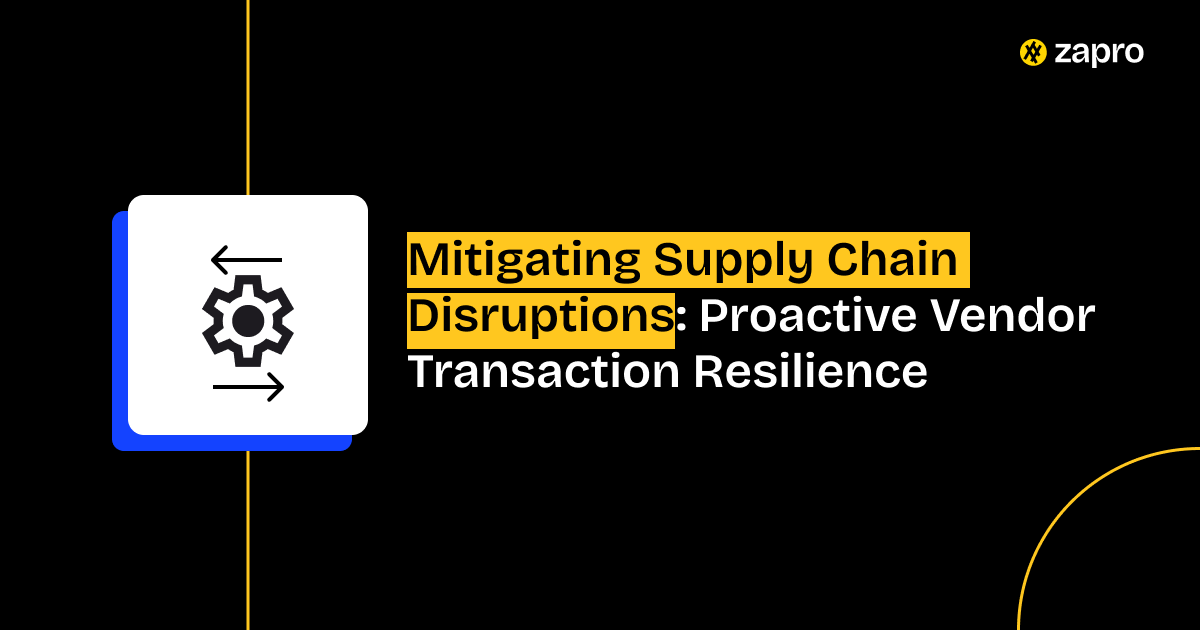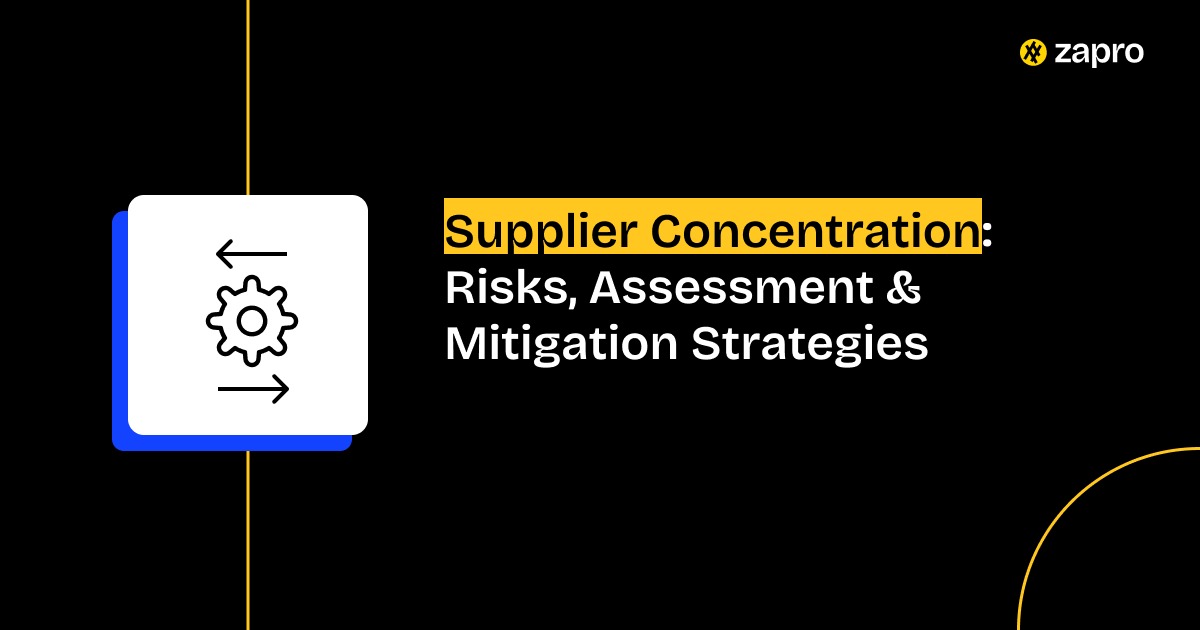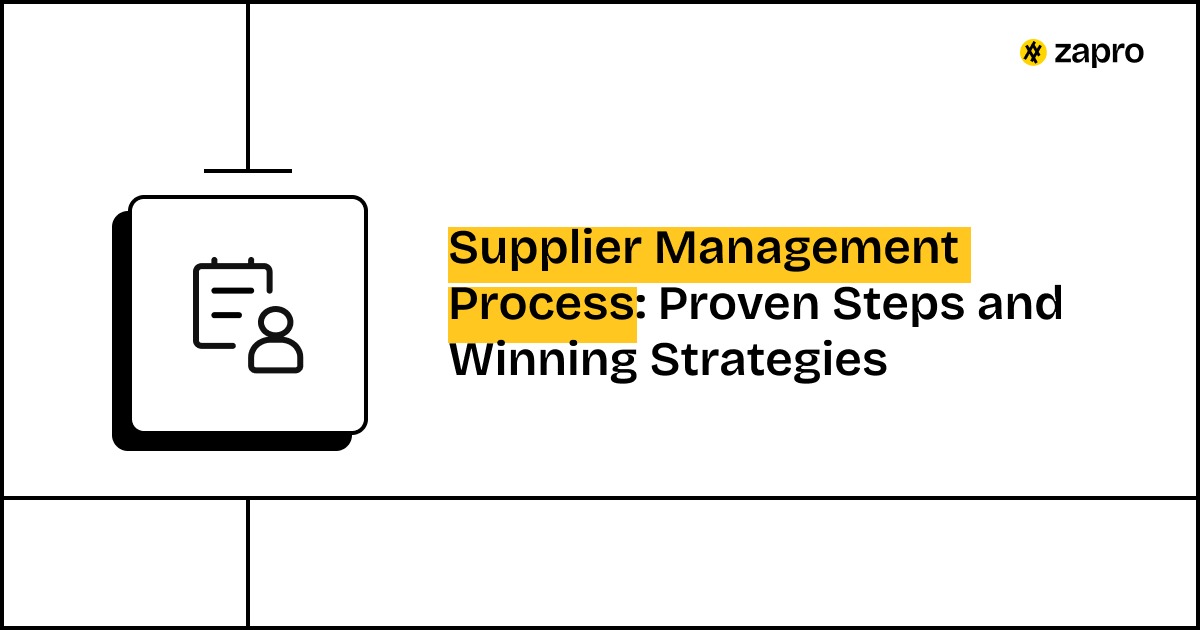How to implement centralized purchasing?
By implementing centralized purchasing, an organization can considerably improve its efficiency, cost savings and control, and regulatory compliance. By centralizing purchasing, businesses can shift the purchasing authority from individual stakeholders and departments or locations to the procurement team.
This strategic shift in the purchasing power will help standardize purchasing processes and offer better control over spend. Here’s how organizations can go about implementing a centralized purchasing system.
- Perform an in-depth spend analysis to understand what each department is purchasing, from whom, and at what cost and frequency.
- Learn the existing problems in the purchasing process and set clear goals to overcome the current process inefficiencies.
- Once the current state is assessed adequately, it is time to develop a team and define the roles/responsibilities of implementing centralized purchasing.
- The next step is to create a comprehensive procurement policy while standardizing all purchasing activities across the organization.
- Often overlooked yet crucial step in implementing a procurement system is investing in a procurement platform that can automate workflow, foster team collaboration, track procurement KPIs, and help collect feedback.
Although it may demand a considerable investment, stakeholder buy-in, and change management issues, implementing centralized purchasing can increase the purchasing power, enhance spend visibility, and eliminate procurement challenges, once and for all.
Recommended Reading:
Procurement tools
Procurement process
Vendor management system
What is PO system?
Best eprocurement software
Purchase order process
Procurement software for small business
Best vendor management tools in 2025
Procurement solutions guide
Differences between sourcing and procurement
What is the difference between procurement and purchasing?
Best strategic sourcing software tools in 2025
Procurement challenges
Procurement KPIs
Procurement Strategy
Procure-to-pay Process
Goods Received Note
Procurement Lifecycle
Purchase Order vs Invoice
Procurement Solutions
Related Procurement FAQs
Procurement vs. Contract Management: Understanding Key Differences
How to automate the procurement process
How to choose the right procurement method
How to develop a procurement strategy
How to improve the procure-to-pay cycle
How to improve the procurement department
How to make a procurement plan
How to make procurement more efficient
How to manage a procurement system
How to manage procurement risks
How to measure cost savings in procurement
How to measure procurement KPIs
How to measure procurement performance
How to measure ROI in Procurement
How to optimize the procurement process
How to reduce costs using procurement spend analysis
How to solve procurement challenges
Procurement vs. Strategic Sourcing
Purchase to pay vs. Procure to pay
What are the benefits of e-procurement
What are the best procurement strategies
What are the challenges in the procure-to-pay process
What are the examples of direct and indirect procurement
What is an RFQ in procurement?

 Healthcare
Healthcare Financial Services
Financial Services Technology
Technology Venture Capitalist
Venture Capitalist Chief Procurement Officer
Chief Procurement Officer Chief Financial Officer
Chief Financial Officer


